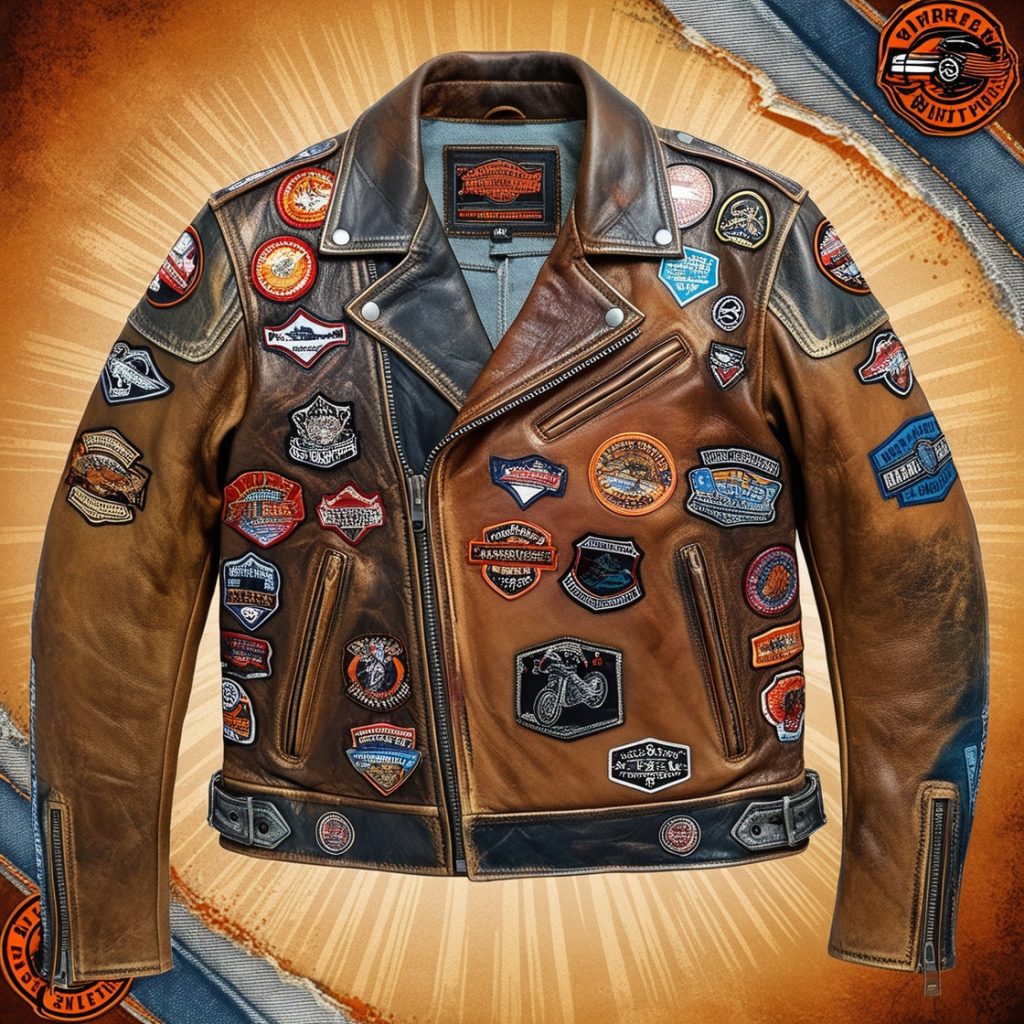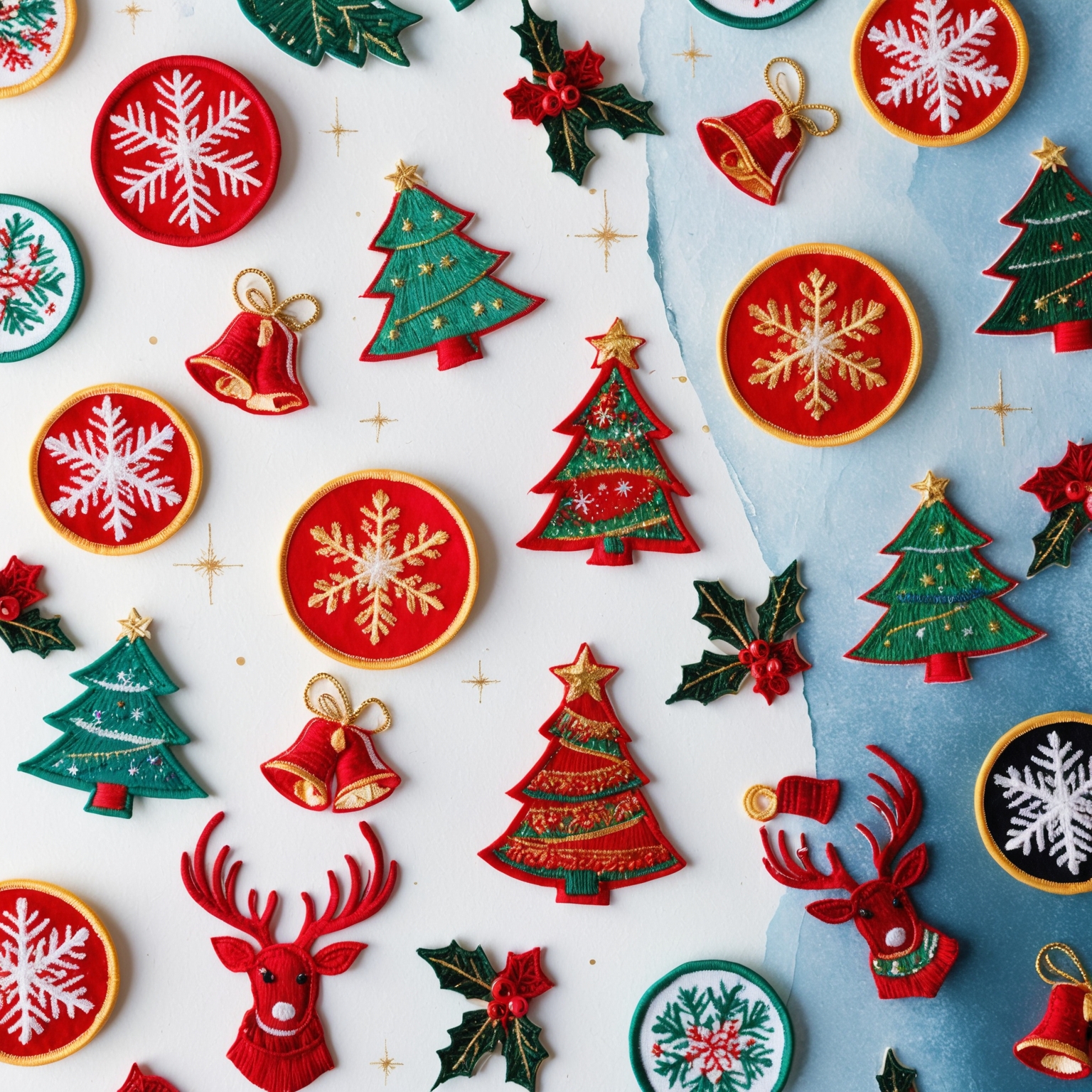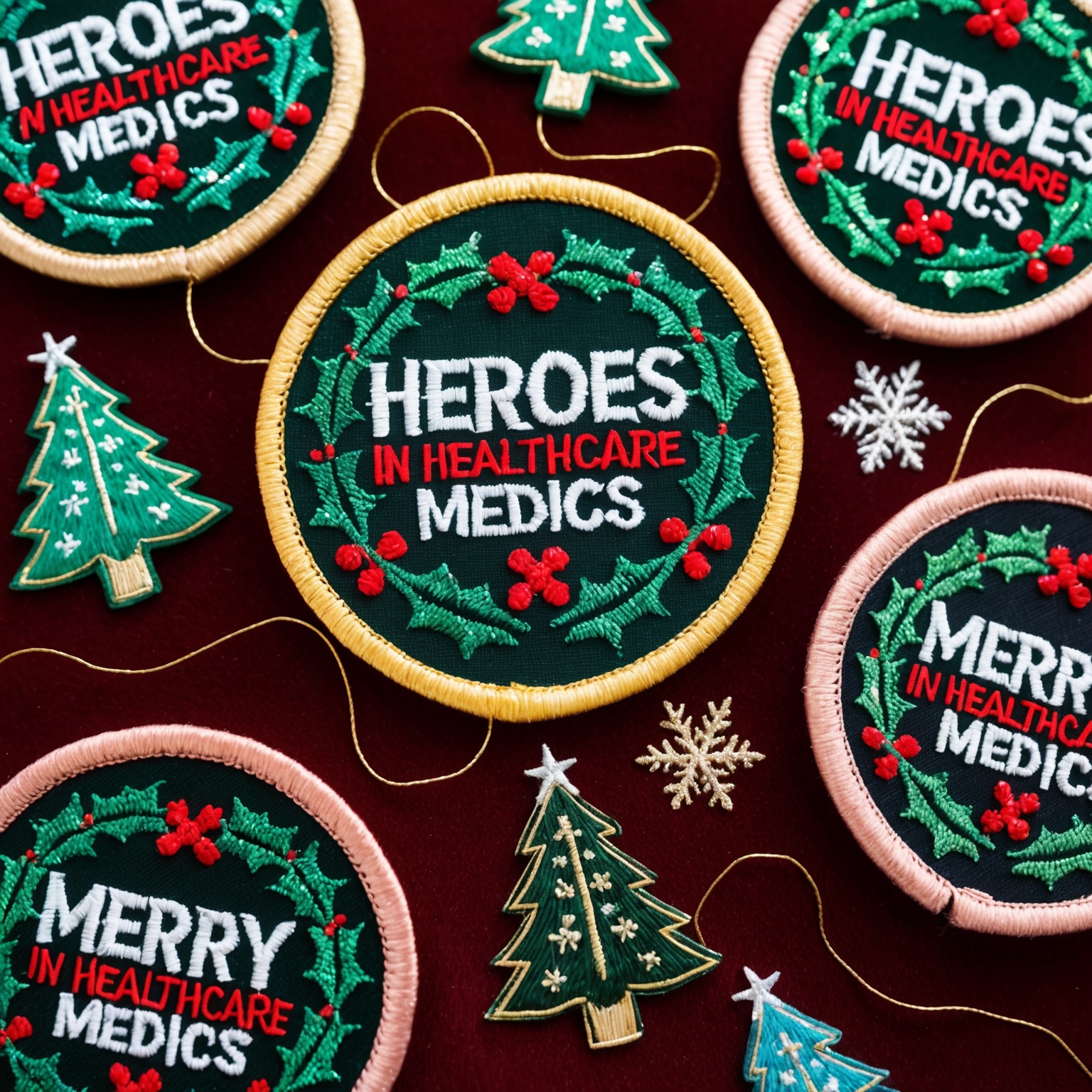Imagine riding down the highway, the wind in your face, the rumble of your bike beneath you, and a vibrant patch on your back that tells a story without saying a word. Biker patches are more than just colorful decorations; they are symbols of identity, loyalty, and a rich culture that has been cultivated over decades. But what do these colors and symbols actually mean? In this article, we’ll unravel the mysteries behind the colors and symbols in biker patches, shedding light on their deep significance.
The Silent Language of Biker Patches
When you see a group of bikers roaring down the road, one thing stands out: their patches. These patches are not random pieces of fabric; they are a form of silent communication, a language that tells stories of allegiance, heritage, and the unique identity of each rider and their club. Understanding this language can seem daunting, but once decoded, it opens up a fascinating world of tradition and symbolism.
The Importance of Biker Patches
Biker patches serve multiple purposes. They are a badge of honor, a mark of membership, and a symbol of the values and history of a biker club. Each patch is meticulously designed to convey specific messages through colors, shapes, and images. For the uninitiated, these symbols can be confusing, but for those in the know, they are rich with meaning.
The Language of Colors in Biker Patches
Colors in biker patches are not mere aesthetic choices; they are deliberate selections that convey a wealth of meaning and communicate specific messages about the identity, values, and history of a biker club. Each color can symbolize different aspects of the club’s ethos, making it an integral part of the patch’s design.
Black: Strength and Rebellion
Black is perhaps the most prominent color in biker patches. It symbolizes strength, power, and a rebellious spirit. The choice of black reflects the tough, no-nonsense attitude that many bikers pride themselves on. It is also practical, as black does not show dirt easily, making it suitable for bikers who spend a lot of time on the road. In the context of biker culture, black often signifies solidarity and unity among club members. It is a color that represents the bond shared by the bikers, indicating that they stand together through thick and thin.
Red: Passion and Courage
Red is a powerful color that stands for passion, courage, and determination. It is often used to signify the fierce loyalty and protective nature of the club members. Red can also symbolize danger and a willingness to fight, which is why it is frequently seen in patches of clubs known for their aggressive stance and fearless reputation. Historically, red has been associated with warfare and bloodshed, which aligns with the protective and combative spirit of many biker clubs. It is a color that commands attention and signifies that the members are not to be trifled with.
White: Purity and New Beginnings
White symbolizes purity, peace, and new beginnings. In biker patches, it is often used in combination with other colors to create contrast and make symbols stand out more clearly. White can also represent the fresh start that joining a biker club can provide, symbolizing a new chapter in the member’s life. While white is less dominant in biker patches, its presence can indicate a balance of purity and aggression, especially when paired with black or red. It serves to highlight and accentuate the other elements of the patch.
Yellow/Gold: Wealth and Honor
Yellow and gold are colors that signify wealth, power, and high rank within the club. Gold, in particular, can denote insignia for presidents or founding members, reflecting their esteemed position and leadership within the group. These colors often highlight the achievements and status of the club’s members. They are used sparingly to maintain their significance and impact, ensuring that when they do appear, they denote something of great importance.
Blue: Loyalty and Trust
Blue is a color that represents loyalty, trust, and dependability. It reflects the deep bonds of brotherhood and the reliability of the club members. Blue can also evoke a sense of calm and stability, which is essential for maintaining unity within the club. In many cultures, blue is associated with the sky and the sea, symbolizing vastness and depth. In biker patches, it underscores the club’s commitment to its members and the enduring nature of their relationships.
Green: Freedom and Adventure
Green often represents life, nature, and renewal. It reflects the club’s connection to the open road and the natural world, symbolizing the freedom and adventure that come with the biker lifestyle. Green can also denote growth and progress, highlighting the club’s evolution over time. The color green is universally associated with the environment and the outdoors. For bikers, it signifies their love for riding through diverse landscapes and their quest for new experiences and journeys.
Purple: Royalty and Mystery
Purple is less commonly used but carries significant weight. It symbolizes royalty, luxury, and sometimes mystery. Purple can denote a club that sees itself as elite or distinguished, setting itself apart from others. Historically, purple has been associated with nobility and high status due to the rarity and cost of purple dye. In biker patches, it can indicate a sense of pride and exclusivity.

Understanding the Combination of Colors
Biker patches often use a combination of colors to convey more complex messages. The interplay between different colors can enhance the symbolism and create a more profound narrative about the club’s identity and values.
Examples:
- Black and Red: This combination is one of the most common in biker patches. Black represents strength and rebellion, while red adds an element of passion and courage. Together, they create a powerful image of a club that is tough, fearless, and deeply loyal to its members.
- Yellow and Blue: Yellow signifies honor and wealth, while blue represents loyalty and trust. This combination can indicate a club that values both high status and deep, reliable relationships among its members.
- Green and White: Green symbolizes freedom and adventure, while white signifies purity and new beginnings. This combination might be used by clubs that emphasize the joy of riding and the fresh start that joining the club provides.
The Symbolism of Biker Patch Icons
1. Skulls: Skulls are a prominent symbol in biker culture, representing mortality and the fearless nature of bikers. They are often used to convey a sense of danger and toughness.
2. Wings: Wings symbolize freedom and the spirit of the open road. They are often used to signify the biker’s love for riding and the liberating experience of being on the road.
3. Eagles: The eagle is a symbol of power and freedom. In the context of biker patches, it often represents the high-flying, free spirit of the biker lifestyle.
4. Crosses: Crosses can have various meanings depending on the context. They might represent faith, a tribute to fallen members, or a symbol of protection.
5. Numbers: Numbers can denote the founding year of the club or significant dates. For instance, “13” often stands for “M,” the 13th letter of the alphabet, which can signify “Motorcycle” or “Marijuana,” depending on the context.
6. Slogans: Many patches feature slogans or mottos that encapsulate the club’s values or creed. Phrases like “Live to Ride, Ride to Live” reflect the biker ethos.
7. Animals: Various animals are used to convey different traits. Wolves might symbolize pack loyalty and strength, while lions could denote courage and leadership.
Misconceptions about Biker Patches
1. Association with Crime: One common misconception is that all biker patches are associated with outlaw biker gangs. While some patches do belong to clubs that operate outside the law, many are simply symbols of brotherhood, freedom, and a shared love of riding. It’s important to understand the context and the specific club before making assumptions.
2. Exclusivity and Elitism: Some might think biker patches signify an exclusive and elitist culture. While patches do signify membership, many clubs are inclusive communities that welcome new members who share their values and passion for riding.
The Stories Behind the Patches
Every patch has a story, and these stories often reflect the unique history and values of the club. Imagine discovering the tale behind a patch that has been passed down through generations of riders, or learning about the symbolic journey that a club has taken to arrive at its current identity. These narratives add depth and richness to the simple patches we see on the road.
How to Decode Biker Patches
To truly understand biker patches, consider these steps:
1. Research the Club: Learning about the specific club can provide context for the symbols and colors used in their patches. Many clubs have websites or social media pages where they share their history and values.
2. Ask the Wearer: If you encounter a biker and are curious about their patch, asking them respectfully can lead to fascinating conversations and insights. Most bikers are proud of their patches and happy to share their meanings.
3. Study the Symbols: Familiarize yourself with common biker symbols and their meanings. This knowledge can help you decode patches more easily and appreciate the culture behind them.
4. Consider the Colors: Pay attention to the color schemes used in the patches. As discussed, colors can convey a lot of information about the club’s identity and values.
The Rich Tapestry of Biker Patches
Biker patches are much more than pieces of fabric; they are symbols rich with meaning, history, and culture. By understanding the colors and symbols used in these patches, we gain insight into the values, traditions, and identities of biker clubs around the world. Whether you are a rider yourself or simply someone interested in this vibrant subculture, appreciating the significance of biker patches opens up a world of stories and connections.
For further exploration, consider visiting online forums, biker club websites, and even local biker events. Engaging with the community can deepen your understanding and appreciation of these powerful symbols. So next time you see a biker patch, take a moment to consider the rich tapestry of meanings woven into its design.
If you are interested in purchasing high-quality custom patches, feel free to call us at 1-866-903-4903 or fill out one of our free quotes here.




